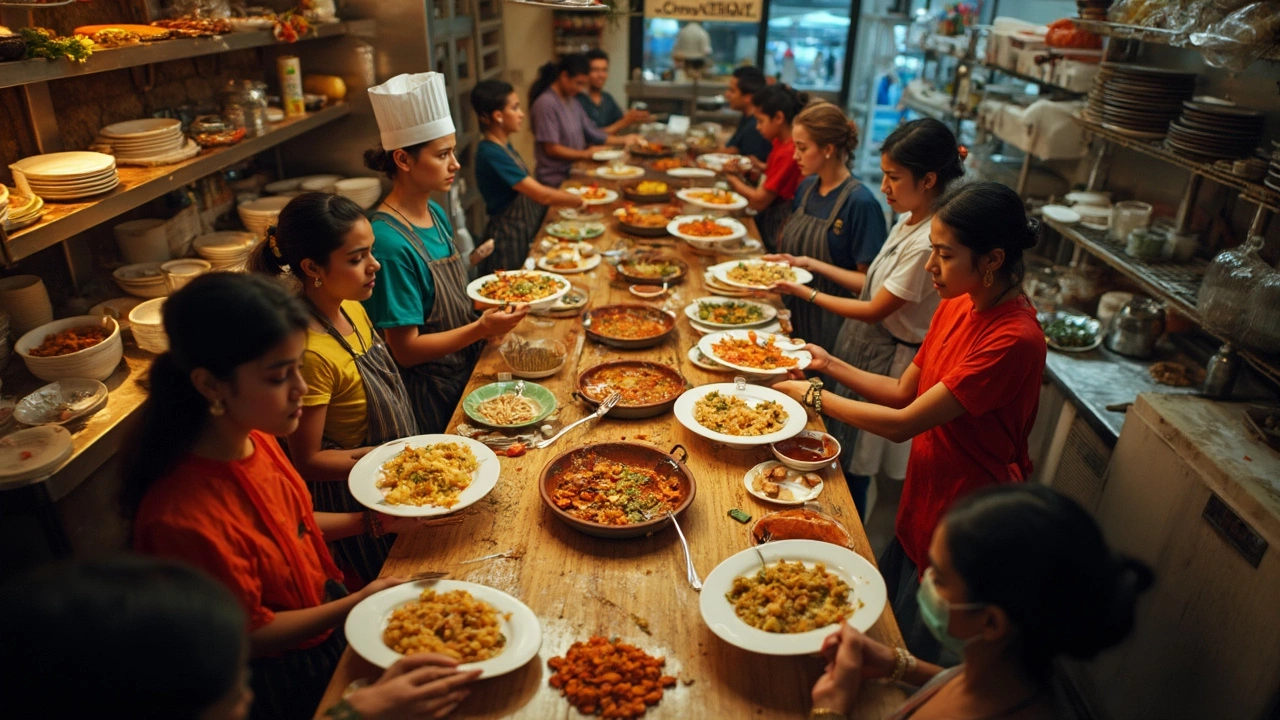Leading Manufacturers in India and Beyond
When talking about Leading Manufacturers, companies that dominate production in their sectors, set standards, and drive market trends. Also known as top producers, they are the backbone of the manufacturing sector, the broad economic area that turns raw materials into finished goods across India and the globe.
This sector doesn’t work in isolation. It relies on a strong industrial supply chain, the network of suppliers, logistics providers, and distributors that move components from factories to customers. In turn, the supply chain needs skilled factory workers, people who operate machinery, manage production lines, and ensure quality control. The three together form a loop: leading manufacturers shape the supply chain, the supply chain fuels manufacturing efficiency, and factory workers keep the wheels turning.
Why Track Leading Manufacturers?
Knowing who the leading manufacturers are helps you spot emerging production trends, understand wage dynamics in high‑paying factory jobs, and gauge demand for raw materials like plastic resins or steel. For example, the surge in recycled PET and rHDPE in 2025 shows how top manufacturers can pivot to greener inputs, influencing everything from packaging to automotive parts. Similarly, when car sales dip, leading auto manufacturers recalibrate their supply chains, which ripples through steel producers and component makers.
These entities also set the bar for technology adoption. When a major textile maker in Gujarat invests in automated looms, smaller players often follow, raising overall sector productivity. The same pattern appears in pharma, where the oldest Indian company, Bengal Chemicals, still drives best practices that newer firms emulate. By following leading manufacturers, you get a front‑row seat to the innovations that eventually become industry standards.
Beyond tech, leading manufacturers affect regional economies. A state known for fabric production—like Tamil Nadu—gains jobs, infrastructure upgrades, and higher per‑capita income thanks to its flagship textile houses. Conversely, regions lagging in manufacturing see slower growth and fewer skilled employment opportunities. This geographic link explains why policy makers keep a close eye on the performance of leading manufacturers when drafting industrial strategies.
In short, the ecosystem of leading manufacturers, supply chains, and factory workers is tightly interwoven. Understanding one piece gives you clues about the others, and together they paint a clear picture of where India’s industrial future is headed. Below, you’ll find a curated selection of articles that dig deeper into each of these angles—from plastic demand forecasts to the realities of high‑paying factory jobs and the regional fabric heritage that fuels the textile market.
Ready to explore the details? The posts that follow break down the trends, challenges, and opportunities you’ll encounter when studying India’s leading manufacturers.
Top 5 Chemical Manufacturing Companies in India: Leaders and Insights
Looking for reliable chemical manufacturers in India? This article breaks down the five companies that are shaping the Indian chemical industry right now. You'll get to know who leads the market, what sets them apart, and why so many businesses trust them. Get practical insights, interesting facts, and essential tips for picking the right supplier. Whether you’re in procurement or just want to understand the landscape, here’s what you shouldn’t miss.
- manufacturing
- India
- food processing
- garden tips
- rice cultivation
- government schemes
- balcony garden
- urban gardening
- balcony gardening
- profitable business
- business ideas
- plastic manufacturing
- drip irrigation
- plant care
- steel manufacturing
- sustainable gardening
- startup ideas
- steel industry
- flower gardening
- textile manufacturers






